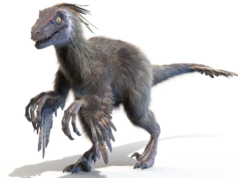
An ancient predator used to stalk the forests of Egypt with little competition. The hyaenodont was a formidable carnivore that was called the king of the forest. But as successful as this animal was, it seemed to go extinct quickly. Paleontologists have recently found an almost intact skull of these species, which could highlight how they went extinct.
Hyaenodont
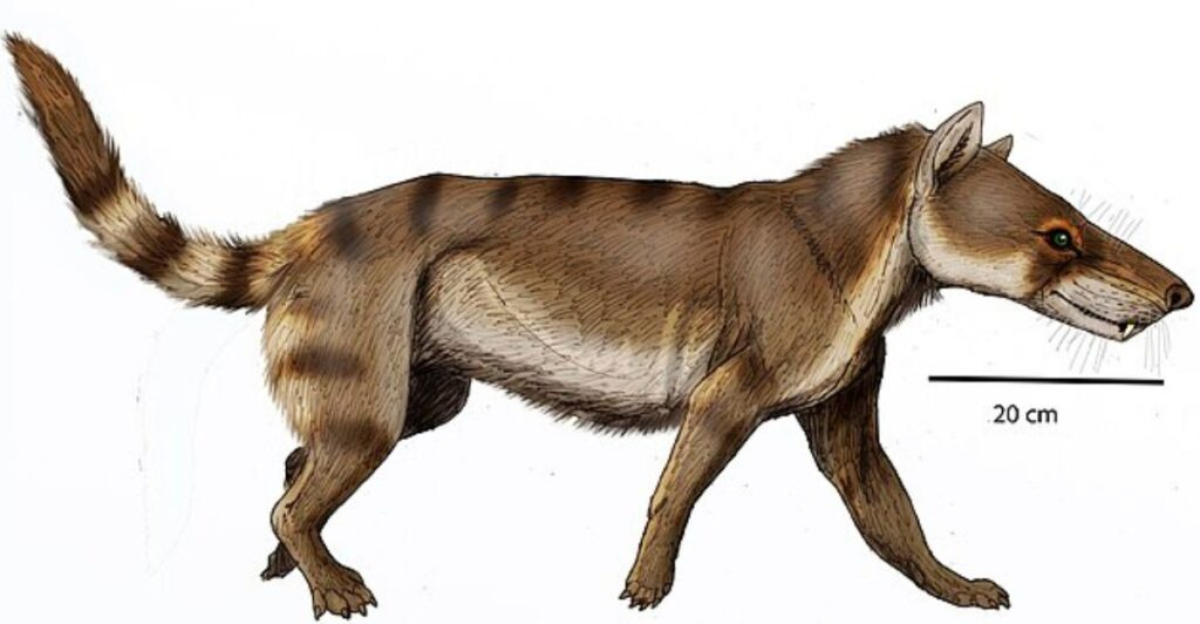
Hyaenodonts were a group of mammals that lived in the Eocene and Oligocene epochs. They were carnivores and somewhat resembled the modern-day hyena despite them not being closely related. Their biggest characteristics were their razor-sharp teeth and powerful jaws, which were designed to cleave through bone. There was an excellent hunter in their ecosystem.
An Apex Predator

In ancient Egypt, the hyaenodonts were apex predators that ruled the forest biomes. Fossils suggest that the predator was found in abundance in these areas, and their large stature meant that they didn’t have many animals to fear.
Characteristics

From fossils found in the area, Hyaenodont seemed to vary in size greatly. Some specimens are large while others could be much smaller. They had elongated skulls, and strong limbs to help them chase down their prey. Much like modern hyenas, they could crush bone and sear flesh easily.
Habitat And Diet

The prehistoric forests in ancient Egypt were the perfect playground for hyaenodonts, which had diverse grazers and vegetation that they could use to stalk their prey. Their diet depended on their size and what prey was available, but they would have hunted ungulates, primates, and other small mammals.
Evolutionary History

The Paleocene epoch first saw the rise of hyaenodonts. They spread across different biomes quickly and established themselves on a number of different continents. By the Eocene and Oligocene, they were a dominant species across many different ecosystems.
The Egyptian Hyaenodont

Each hyaenodont species that spread through different continents all adapted to their environments, and the Egyptian species was no different. Researchers are still studying these fossils to find out what kind of different traits they could have had compared to their European cousins.
Challenges
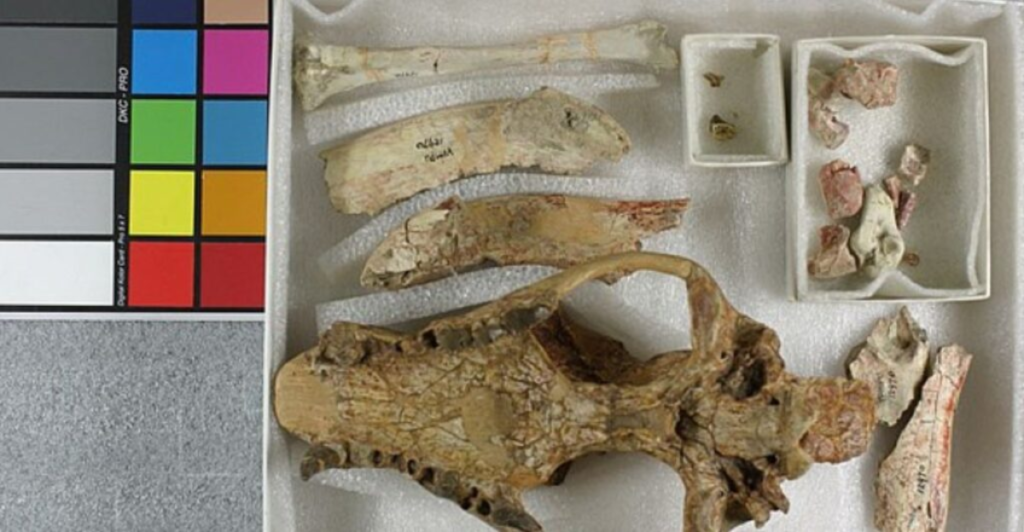
Despite the hyaenodonts being apex predators, they still had competition as new carnivores evolved and arrived in their territory. Shifting climates also challenged their population, meaning that they had to adapt to these changes or face extinction.
Their Demise
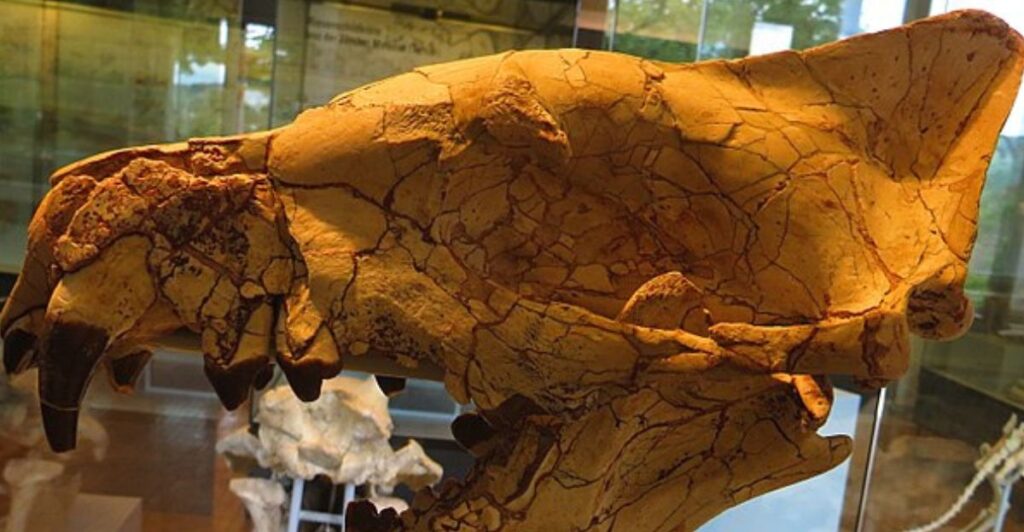
There were many factors that played a role in the extinction of this species, and it is still a debated topic. They most likely faced extinction due to climate change and a lack of prey to sustain themselves. More research into these species could find out more about what could have affected their populations so drastically.
Climate Change

During the late Oligocene and early Miocene, the Earth saw a huge shift in temperature, which altered rainfall and affected many ecosystems. The forests in Egypt would have changed rapidly, impacting the vegetation and then the prey that Hyaenodonts relied on to survive.
Competition
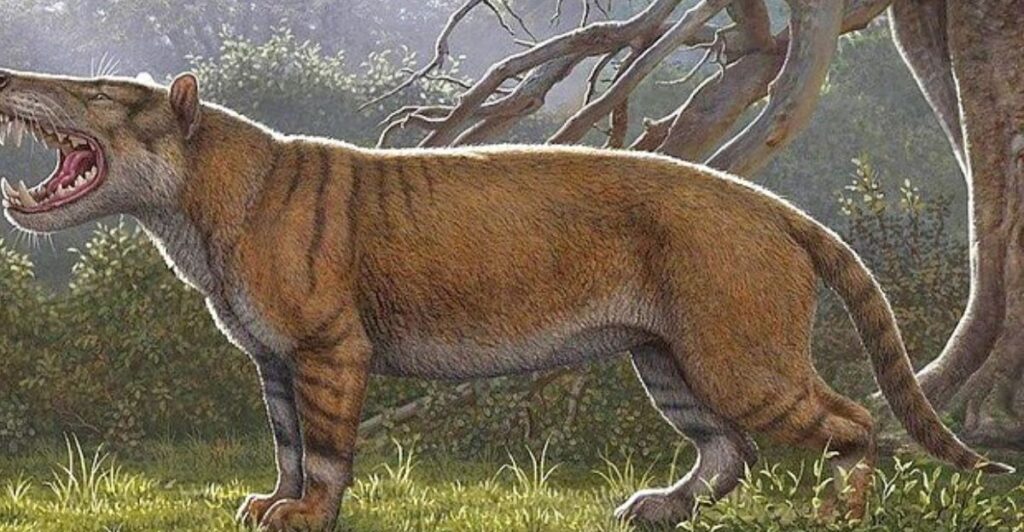
As the ancestors of modern carnivores emerged on the African continent, they would have competed with Hyaenodonts with the already scarce prey due to climate shifts. This would have pushed the ancient predators’ already dwindling numbers over the edge.
Insights
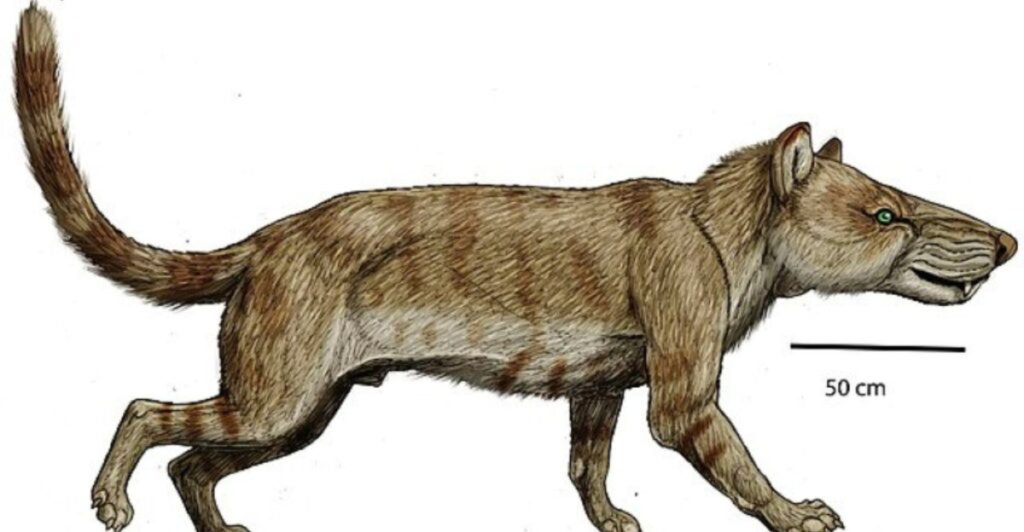
As researchers study fossils, including a fully intact hyaenodont skull, around Egypt, new insights into what prehistoric life could be revealed. The rise and fall of these once apex predators could help us with the extinction that many species face today.
A Legacy
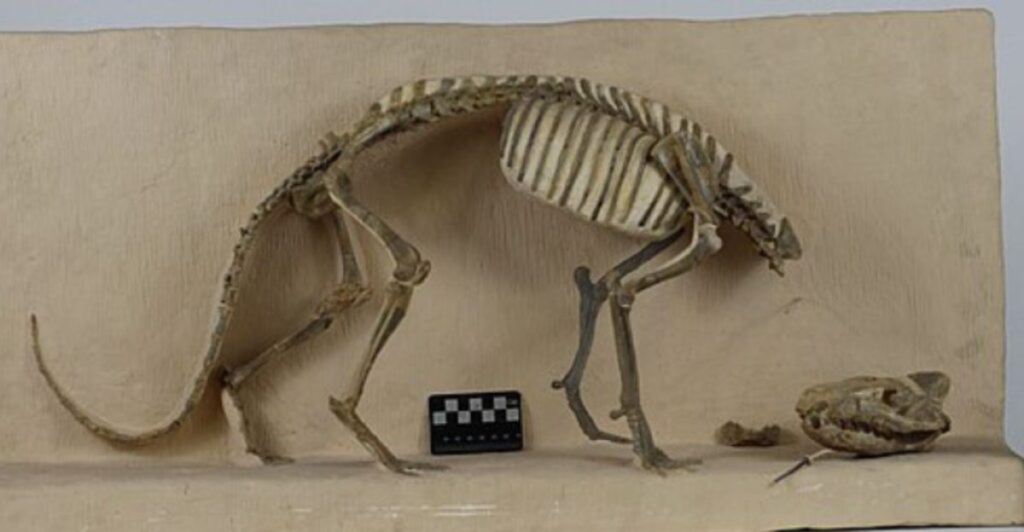
Although hyaenodonts had a complicated history that ultimately led to their demise, they still have a legacy from the fossils found. They highlight how much the Earth can change, and if a species can’t adapt, then their survival isn’t ensured.



